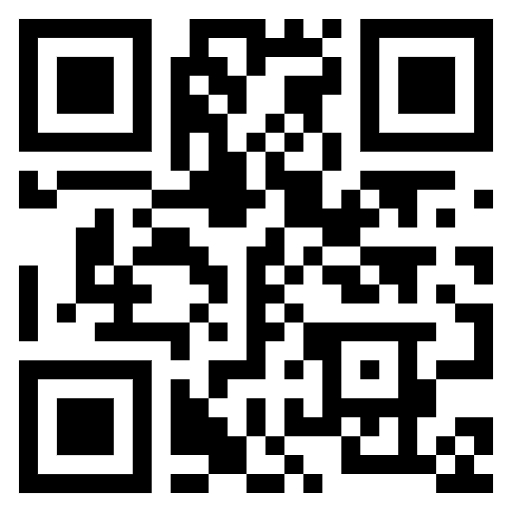An amusement park roller coaster includes five cars, numbered 1 through 5 from front to back. Each car accommodates up to two riders, seated side by side. Six people-T, G, L, M, P and J-are riding the coaster at the same time.
- L is sharing a car.
- M is not sharing a car and is seated immediately behind an empty car.
- T is not sharing a car with either G or P.
- G is riding in either the third or fourth car.
Q1. Which of the following groups of riders could occupy the second car?
- L only
- T and G
- L and M
- J and T
Q2. If is riding immediately behind L's car and immediately ahead of T’s car, all of the following must be true EXCEPT
- G is riding in the fourth car.
- P is riding in the third car
- T is riding in the fifth car.
- L is riding in the third car.
Q3. Which one of the following statements CANNOT be true?
- Neither T nor G is sharing a car with another rider.
- Neither M nor J is sharing a car with another rider
- T is sharing a car, and J is sharing a car.
- G is sharing a car, and P is sharing a car.
Q4. If P is riding in the second car, how many different combinations of riders are possible for the third car?
- one
- two
- three
- four
Q5. Assume that a seventh rider is riding with J in the first car, but that all other rules remain unchanged. Which of the following is a complete and accurate list of the riders who might be riding in the fifth car?
- M
- G, P
- T, L, P
- T, L, M
Explanation:
Q1. Option 1 cannot be true as L is sharing a car Option 2 cannot be true as T cannot share a car with G Option 3 cannot be true as M is not sharing a car Thus option 4 is the only correct choice, Ans.(4)
Q2. From the give condition. following arrangement can be derived.
Car No. | 1 | 2 | 3 | 4 | 5 |
empty | M | L | G | T |
All options 1, 3 and 4 are true as can be seen, Option 2 is false as P can sit in either third or fourth car Ans.(2)
Q3. As given in the problem, one car is empty and M is not sharing a car. That leave three cars and 5 people L, T, G, P and J out of them only one cannot share a car. Thus option 1 be true. Ans (1)
Q4. From the given condition, following order can be formed
Car No. | 1 | 2 | 3 | 4 | 5 |
T | P | G | empty | M |
Only two people are left, thus 2 combinations are possible. Ans (2)
Q5. One car can carry only 2 passengers this eliminates option (3) and (4) moreover, G can only ride in the 3rd or 4th cars. Thus option (2) is also rejected. This leaves the only possible option (1).
Ans (1)
Online CAT LRDI Course @ INR 3999 only




